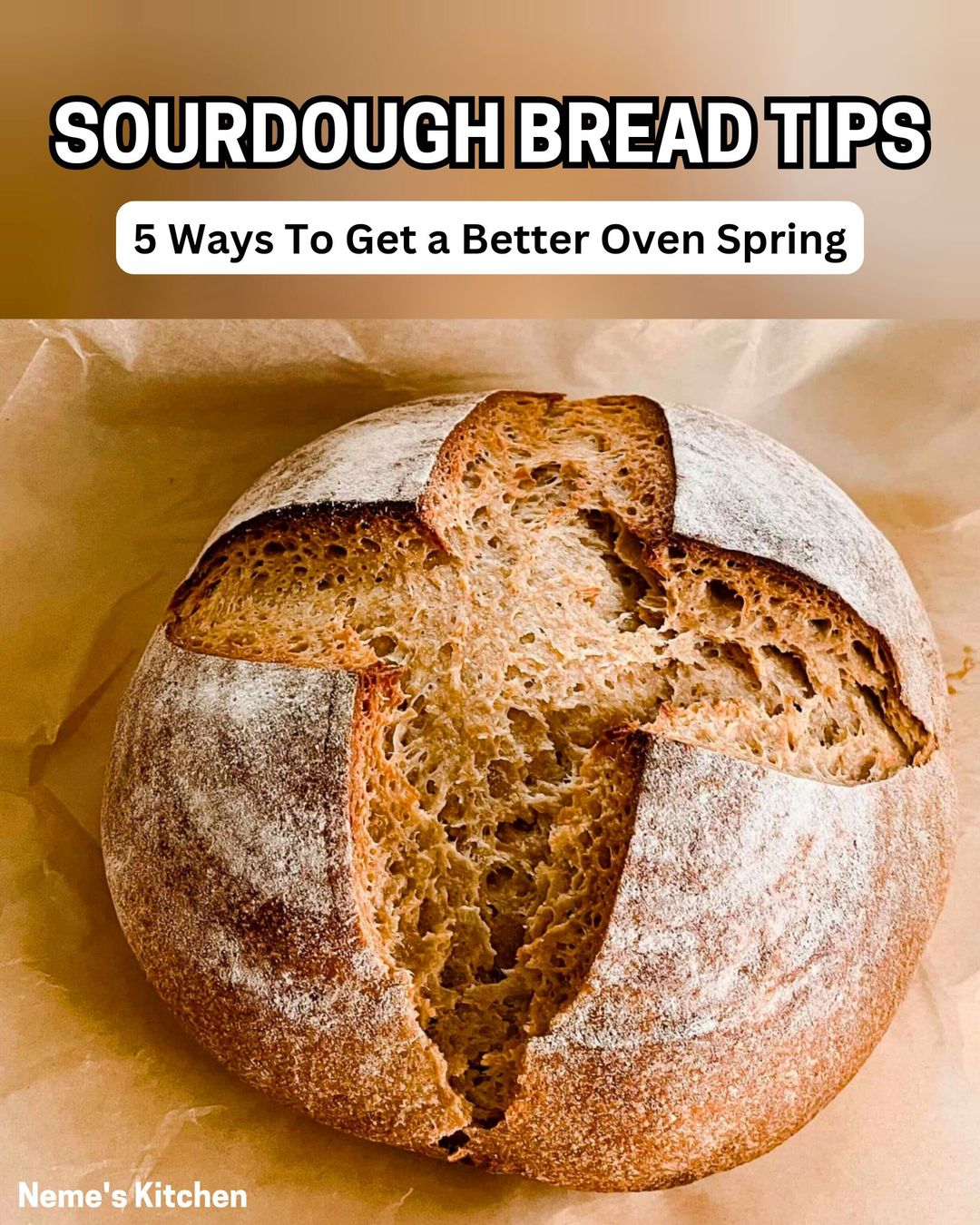- Stretch and Fold: To develop gluten in high-hydration doughs without overworking it, use the stretch-and-fold technique. Every 30 minutes, stretch the dough upward and fold it over itself. Do this 3-4 times during the bulk fermentation phase.
- Windowpane Test: Test your dough by stretching a small piece; if it forms a thin, translucent “windowpane” without tearing, the gluten is well-developed.
5. Fermentation Time is Key
- Bulk Fermentation: Allow the dough to rise during bulk fermentation (typically 4-6 hours at room temperature or overnight in the refrigerator). The longer the fermentation, the more flavor you’ll develop.
- Cold Fermentation: For an extra tangy flavor and better dough handling, refrigerate the dough for 12-24 hours. This slows down the fermentation and enhances the sour flavor.
6. Master the Shaping Technique
- Pre-Shape and Rest: Before the final shaping, pre-shape the dough into a loose ball and let it rest for 20-30 minutes. This helps relax the gluten for easier shaping.
- Final Shaping: After resting, shape the dough tightly by folding it and tucking it under itself to create surface tension. A tight skin helps the dough hold its shape and rise during baking.
7. Score the Dough
- Use a Sharp Blade: Scoring the dough allows it to expand and rise properly in the oven. Use a bread lame or a razor blade to make shallow, swift cuts just before baking.
- Create a Pattern: Experiment with different scoring patterns for a decorative finish. Besides aesthetics, scoring directs where the loaf will expand, helping prevent uneven bursts.
8. Perfect the Bake
- Preheat Your Oven: Sourdough benefits from a very hot oven. Preheat to 475°F (245°C) and make sure your baking vessel (like a Dutch oven) is fully heated.
- Use Steam: Steam is crucial for creating a crispy crust. If you’re not using a covered Dutch oven, create steam by placing a tray of water or ice cubes in the oven during the first 10-15 minutes of baking.
- Bake Time: After 20-25 minutes of baking covered, remove the lid and continue baking for an additional 15-20 minutes to develop a deep, golden-brown crust.
9. Let it Cool
- Resist the Temptation: As tempting as it may be, wait for the bread to cool completely (at least an hour) before slicing. This allows the crumb to fully set, giving you the best texture and flavor.
10. Practice Patience
- Don’t Rush: Sourdough baking is an art that takes practice and patience. Each time you bake, you’ll learn something new, so don’t be discouraged if your first few loaves aren’t perfect.
Bonus Tips:
- Keep a Baking Journal: Note the temperature, hydration, flour type, and timing for each bake to track your progress and make adjustments.
- Feed Starter More Often in Cold Weather: If your kitchen is cool, your starter may need more frequent feeding or a warmer spot to stay active.
- Use a Proofing Basket: To maintain the shape during the final rise, place the dough in a floured proofing basket (banneton) before transferring it to the oven.
By following these tips, you’ll be well on your way to creating beautiful, delicious sourdough bread that rivals any bakery loaf. Happy baking!
